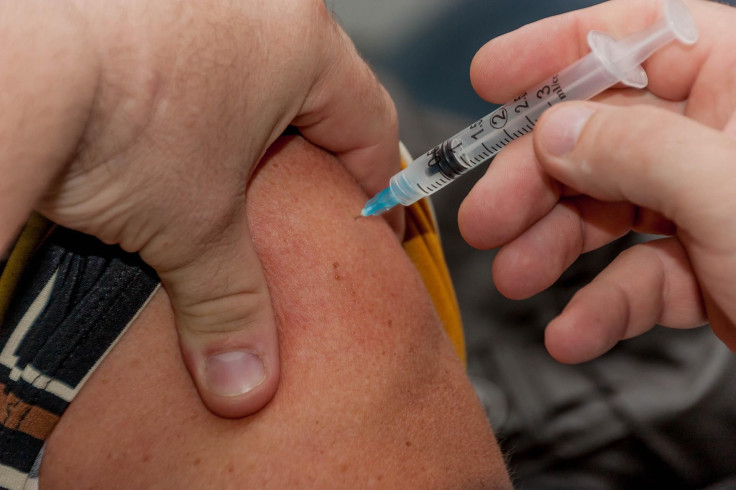New Deadly Virus Is Spreading Across Europe; May Cause Future Pandemic, Says WHO

KEY POINTS
- Spain recorded its first cases of the virus in 2011 and 2016
- CCHF is considered dangerous because it can cause profuse bleeding
- Even if one survives CCHF, recovery can take longer than usual
Another virus of concern is spreading across Europe that many experts believe could cause the next pandemic, according to a report.
The disease, known as the Crimean-Congo Hemorrhagic Fever (CCHF), is a potentially deadly fever caused by a virus and is currently on the World Health Organization's (WHO) list of priority pathogens that could cause wide outbreaks and pandemics, Forbes reported.
As the temperature of the Earth rises due to climate change, the warmed environment has been conducive to the expansion of the habitat of ticks that can carry and transmit the nairovirus that causes CCHF, especially in more temperate regions in Europe.
For instance, in Spain, it recorded its first cases of the virus in 2011 and 2016.
The "hemorrhagic" in the CCHF is what makes the disease dangerous since it means profuse bleeding. After about four days of the symptoms, CCHF progresses into severe bruising, nosebleeds and continuous bleeding at any part of the skin penetrated by sharp objects like needles.
The bleeding, which could last for almost two weeks, has caused the deaths of between 9% and 50% of hospitalized patients during outbreaks.
And even if one survives CCHF, recovery can take longer than usual since bleeding is not something that stops upon recovering from the virus.
And while there are no specific treatments for CCHF just yet, the antiviral drug ribavirin may be used to treat patients. However, it's still being studied further.
In 2022, the WHO launched a global scientific process to update its list of "priority pathogens" or those that could cause outbreaks or pandemics.
"Targeting priority pathogens and virus families for research and development of countermeasures is essential for a fast and effective epidemic and pandemic response," Dr. Michael Ryan, the executive director of the WHO's Health Emergencies Programme, said in 2022.
"Without significant R&D investments prior to the COVID-19 pandemic, it would not have been possible to have safe and effective vaccines developed in record time."
Through this initiative, WHO is trying to get ahead of possible virus outbreaks by directing global investments in research and development, especially in the creation of vaccines, tests and treatments.
"This list of priority pathogens has become a reference point for the research community on where to focus energies to manage the next threat," WHO's Chief Scientist Dr. Soumya Swaminathan said.
"It is developed together with experts in the field and is the agreed direction for where we—as a global research community—need to invest energy and funds to develop tests, treatments and vaccines. We thank our donors like the U.S. government, our partners, and the scientists who work with WHO to make this possible."

© Copyright IBTimes 2024. All rights reserved.





















